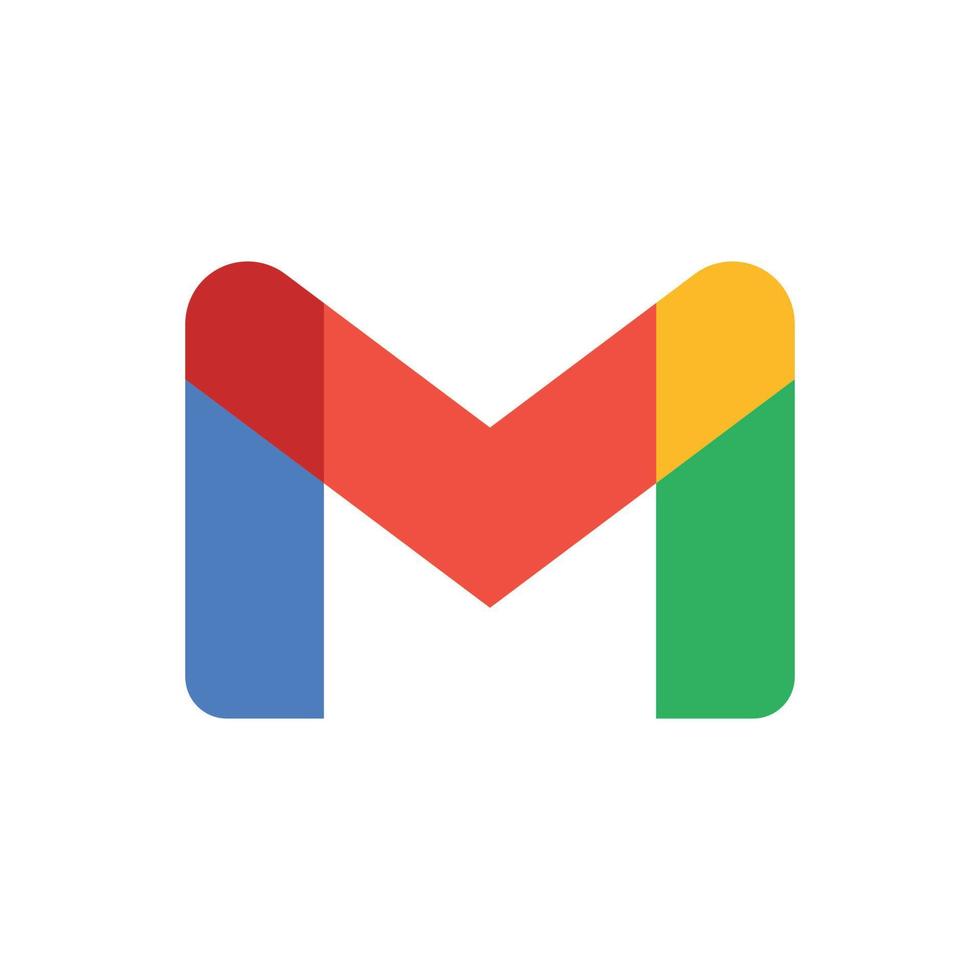About this template
Introduction to the Get & Read Email with Gmail API Template
Welcome to the Get & Read Email with Gmail API template! This template is designed to help you create a web application that connects to the Gmail API to retrieve and display the user's unread emails. It's a great starting point for builders looking to integrate Gmail functionality into their applications without worrying about the complexities of OAuth 2.0 authentication and API communication.
Clicking Start with this Template
To begin using this template, simply click on the "Start with this Template" button. This will pre-populate the code in the Lazy Builder interface, so you won't need to copy, paste, or delete any code.
Initial Setup: Adding Environment Secrets
Before you can test and use the application, you'll need to set up a few environment secrets within the Lazy Builder. These secrets are necessary for authenticating with the Google API:
- CLIENT_ID: The client ID provided by Google when you register your application.
- CLIENT_SECRET: The client secret provided by Google when you register your application.
- REDIRECT_URI: The URI that Google will redirect to after the user authorizes your application.
To obtain these values, you'll need to create a project in the Google Developers Console, enable the Gmail API, and set up the OAuth consent screen. Here's how:
- Go to the Google Developers Console and create a new project.
- Once the project is created, navigate to the "Credentials" page and click on "Create credentials" then select "OAuth client ID".
- Configure the OAuth consent screen by entering the necessary information about your application.
- Set the application type to "Web application" and add the redirect URI that you will use for OAuth callbacks.
- After saving, you will be provided with a client ID and client secret. These are the values you will enter as environment secrets in the Lazy Builder.
After obtaining these values, go to the Environment Secrets tab within the Lazy Builder and add the CLIENT_ID, CLIENT_SECRET, and REDIRECT_URI as new secrets.
Test: Pressing the Test Button
Once you have set up the environment secrets, you can press the "Test" button. This will begin the deployment of the app and launch the Lazy CLI. The Lazy platform handles all the deployment details, so you don't need to worry about installing libraries or setting up your environment.
Using the App
After pressing the "Test" button, the Lazy CLI will provide you with a dedicated server link to use the API. If you're using FastAPI, you will also receive a link to the API documentation. Use these links to interact with your application and test the functionality of retrieving unread emails from Gmail.
Integrating the App
If you wish to integrate this app into another service or frontend, you can use the server link provided by the Lazy CLI. For example, you could add the link to a button in your frontend application that, when clicked, fetches unread emails for the authenticated user.
Remember, the Lazy platform is designed to simplify the process of building and deploying applications. By following these steps, you can quickly set up and start using the Get & Read Email with Gmail API template to enhance your software projects.


